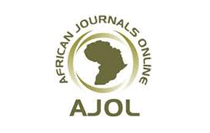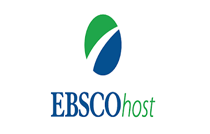Mansoura Veterinary Medical Journal
Document Type
Original Article
Subject Areas
Aquatic medicine; Nutrition
Keywords
Nile tilapia, stress, in-vivo, physiology, immunology, hydrocortisone, L-theanine
Abstract
Background: Fish are a prominent food source within the growing aquaculture industry, particularly within recirculating aquaculture systems, to alleviate global hunger demands. Diminishing detrimental stress conditions such as overcrowding prevalence and chemical toxins remain a primary goal. Nutraceuticals, particularly L-theanine, pose a natural alternative solution to alleviate these conditions. The amino acid L-theanine was scrutinized as a potential nutraceutical additive within commercial feed within the diet of Nile tilapia, Oreochromis niloticus, subjected to stress and unstressed in-vivo conditions.
Methods: To accomplish this, both 0.004% of body weight of L-theanine and 0.01% of body weight of hydrocortisone were implemented into feed for the treated group, the stressed group, and the treated and stressed group for eight weeks. This experiment assessed whether L-theanine had an impact on the physiology and immunology of Nile tilapia through parameters such as blood glucose, protein levels, liver index, spleen index, and lysozyme assay.
Results: Results indicated that the stressed groups had greater glucose values, lysozyme activity, and liver size compared to the unstressed counterparts. Furthermore, lysozyme activity and plasma protein decreased when comparing the initial weeks to the final weeks, indicating all specimens were stressed but not until exhaustion.
Conclusions: This indicated that L-theanine may reduce stress consequences and improve immunity. Future investigations are encouraged to explore various aquatic organisms, increased L-theanine doses, and expanded experiment duration.
How to Cite This Article
Miller, Sammie; Mason, Lindee; Khaled, Shah Sumaiya; Deng, Elena; and Mustafa, Ahmed
(2025)
"L-Theanine Modulates Stress Physiology and Immunology in Nile Tilapia,"
Mansoura Veterinary Medical Journal: Vol. 26:
Iss.
2, Article 4.
DOI: https://doi.org/10.35943/2682-2512.1257
Receive Date
31 Jul 2025
Accept Date
7 Oct 2025
Publication Date
2025






